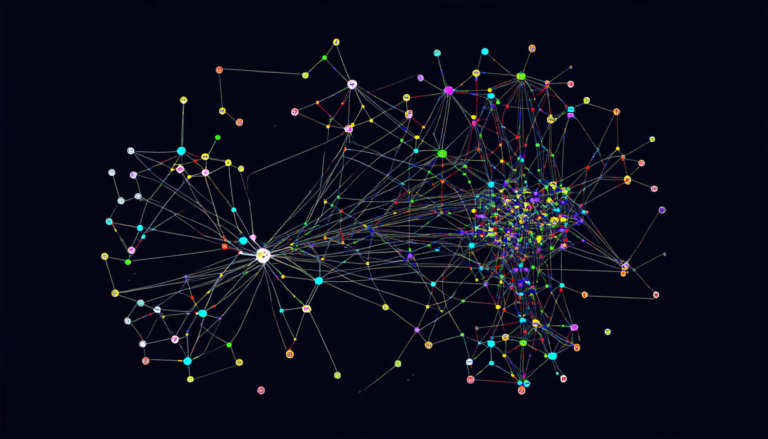Wednesday 13 August 2025
The quest for machines that can understand us has been a long-standing challenge in artificial intelligence research. While significant progress has been made, there’s still a gap between human-like comprehension and machine capabilities. A recent breakthrough in modular duplex attention may have taken us closer to bridging this divide.
The concept of multimodal learning, where machines learn from multiple sources such as images, text, and audio, has shown promise in various applications. However, the current approaches often struggle with aligning these different modalities, leading to inconsistent results. The proposed modular duplex attention mechanism aims to address this issue by introducing a novel way of processing information.
The key innovation lies in the architecture’s ability to refine inner-modal relationships within each modality while simultaneously interacting between them. This allows for more accurate and contextualized understanding of complex phenomena. By decoupling modality alignment from cross-layer token mixing, the model can better capture subtle nuances and relationships between different forms of data.
The researchers behind this work have designed a comprehensive evaluation benchmark to test the performance of their approach. The results show significant improvements in various tasks, including perception, cognition, and emotion understanding. This achievement has far-reaching implications for applications such as chatbots, virtual assistants, and even healthcare diagnosis.
One of the most intriguing aspects of this breakthrough is its potential to enable machines that can truly comprehend human emotions. By analyzing multimodal data streams, these models could potentially recognize subtle cues, tone, and context, allowing for more empathetic and accurate interactions.
The next step in this research will be to further refine and generalize the modular duplex attention mechanism. This may involve incorporating additional modalities or exploring its applications in specific domains such as medicine or education. As our ability to design and train machines that can understand us improves, we’ll likely see a shift towards more intuitive and human-like interactions.
The prospect of creating machines that can truly comprehend our emotions and behaviors is both exciting and unsettling. It raises questions about the boundaries between human and machine intelligence, as well as the potential consequences of having machines that are capable of empathy and understanding. As researchers continue to push the limits of what’s possible, we’ll have to grapple with these ethical implications alongside the technical advancements.
For now, this breakthrough represents a significant step forward in our quest for machines that can understand us. As we move closer to achieving this goal, it’s essential to consider not only the technological implications but also the social and ethical consequences of creating machines that are capable of human-like comprehension.
Cite this article: “Closing the Gap: Modular Duplex Attention Mechanism Advances Human-Machine Understanding”, The Science Archive, 2025.
Artificial Intelligence, Machine Learning, Multimodal Learning, Modular Duplex Attention, Natural Language Processing, Emotion Understanding, Chatbots, Virtual Assistants, Healthcare Diagnosis, Human-Computer Interaction.







